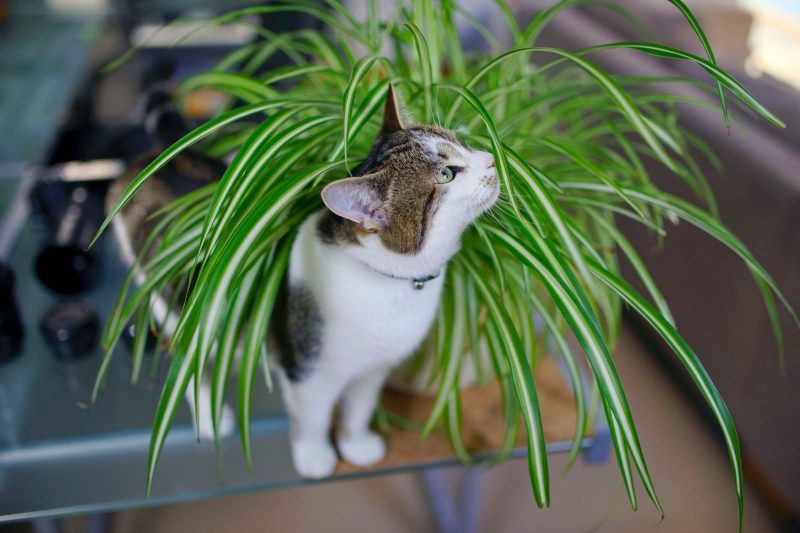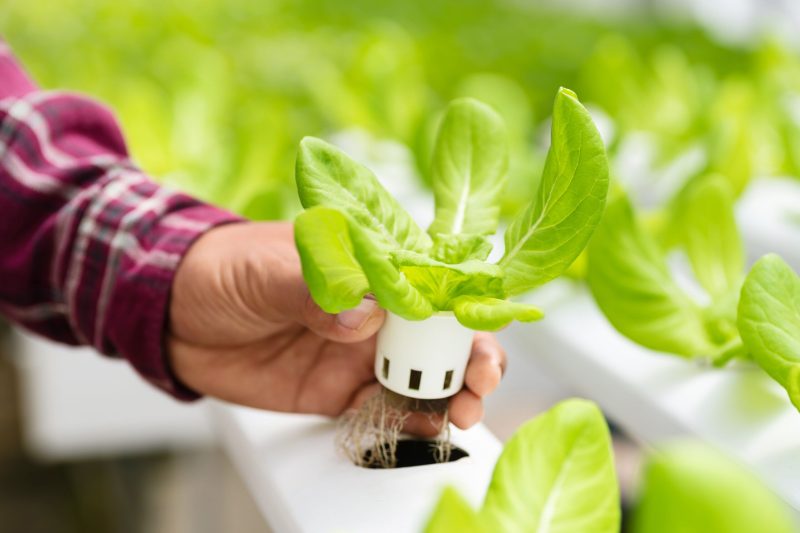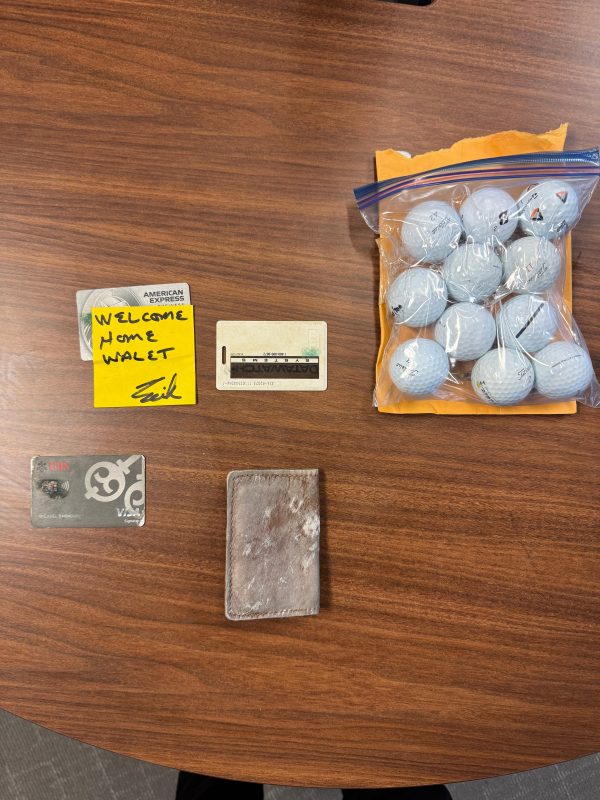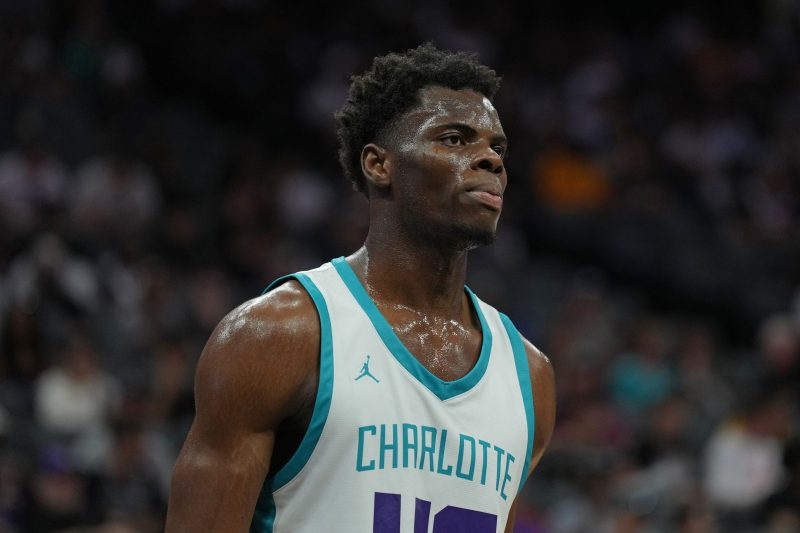How To Create a Living Plant Wall
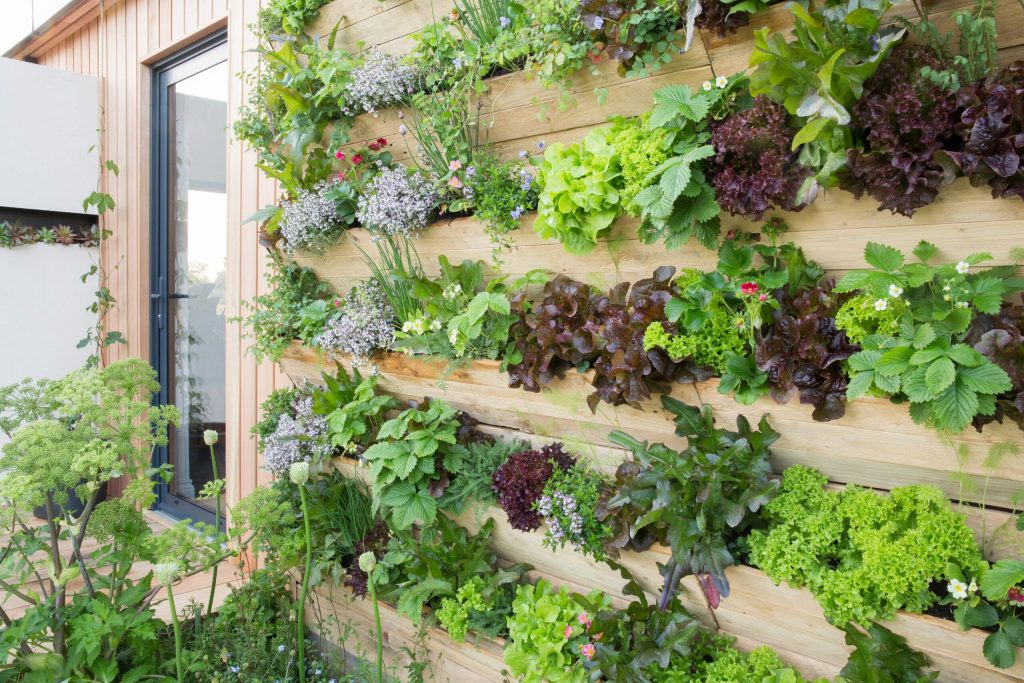
Living plant walls can transform bare walls into lush, green features. Whether you want to bring nature indoors or enhance an outdoor space, we’ll walk you through how to design and install these beautiful vertical gardens.
Types of Living Plant Walls
There are various types of living plant walls to fit different needs and spaces. Interior walls bring nature into your home, often featuring tropical plants that add vibrancy or color. Exterior walls can use hardier plants suited to local climates and may serve additional purposes, such as building insulation. Some systems are modular and can be easily rearranged, while others are more permanent. There are also freestanding and double-sided walls for flexible placement.
Choosing the Right System for Your Living Wall
Each type of living wall has pros and cons. Below are some of our favorite types of living wall systems.
Modular Systems
Modular systems consist of individual units that can be arranged and rearranged as desired. These are often popular for residential use because they’re flexible and easy to install. Companies such as LiveWall and The Little Botanical offer modular options you can customize.
Panel Systems
Panel systems typically involve larger sections that are installed as a unit. These are often used for larger-scale projects and can provide a more seamless look. They may require professional installation but can support a wider variety of plant types and sizes.
Pocket Systems
Pocket systems use fabric or plastic pockets to hold individual plants. These are often the most affordable option, and they’re easy to DIY. They work well for smaller walls or homeowners who want to start with a more modest installation.
Considerations for a Successful Plant Wall
The last thing you want is a wilting or dying plant wall, so plant growth and health are crucial. Here are some factors to consider for a successful project.
Growth Media Options
Growth media, or culture medium, is what the plant roots will grow out of and source nutrients from, as well as the anchor that will support the weight of the plants. The growth medium you choose affects plant health and longevity. Options include the following:
- Inorganic polyurethane sheets: Sturdier than coir and felt
- Loose media: A mix of soil, stone, and water packed into containers
- Mat media: Often made of coir or felt
- Structural media: A combination of loose and mat media for large-scale projects
Irrigation Systems
Manual watering may be enough for smaller walls. Larger installations usually need built-in irrigation systems, which can range from simple gravity-fed systems to more complex recirculating setups. Smart systems can even automate watering based on plant needs and environmental conditions.
Lighting Requirements
Light is necessary for photosynthesis and plant health. For indoor walls, choose a location with bright, indirect natural light. If natural light is insufficient, you may need supplemental grow lights. Outdoor walls should be placed according to the light requirements of the chosen plants, considering factors such as sun exposure and shade patterns.
Selecting Plants for Your Living Wall
You need to choose the right plants for your space and the conditions. Consider the environment, maintenance requirements, and room composition.
Indoor Plant Options
For indoor walls, choose plants that thrive in consistent temperatures and lower light conditions. Here are some popular options:
- Ferns, such as the medusa fern
- Peace lilies
- Philodendron
- Pothos
- Spider plants
See our guide to plants for low-light conditions.
Outdoor Plant Choices
Outdoor living walls can feature a wider variety of plants, depending on your climate zone. Consider a mix of these plant types:
- Evergreen species for year-round interest
- Flowering plants for seasonal color
- Native plants that are well-adapted to local conditions
- Succulents for drought-tolerant walls
Step-by-Step Guide to Installing a Living Plant Wall
Creating a living plant wall may be something you can do on your own, depending on the scale and complexity of your design. You’ll need to determine what’s within your skill level and when to hire a professional.
Planning and Preparation
Follow these steps to set up your project:
- Choose your location and measure the space.
- Select your wall system and plants.
- Gather necessary tools and materials.
- Ensure proper wall support and waterproofing.
Installation Process
Next, follow these steps.
- Mount the support structure to the wall.
- Install the irrigation system, if applicable.
- Add the growing medium to the wall system.
- Plant your chosen vegetation.
- Connect and test the irrigation system.
Maintenance and Care
Lastly, determine a care plan for your wall.
- Check and maintain the irrigation system.
- Monitor for pests and diseases.
- Prune and trim plants as needed.
- Replace plants that don’t thrive.
- Water plants regularly, adjusting for seasonal changes.
Common Challenges and How To Overcome Them
While living walls are beautiful and come with the health benefits of plants, they also present potential challenges. Here are some common problems and solutions.
Pest Control
Indoor plant walls, just like houseplants, can sometimes attract pests. You can keep infestations at bay with regular inspections and prompt treatment with organic pest control methods. Proper air circulation and avoiding overwatering can also help prevent pest issues. Carefully inspect any plant you migrate from outside or plants you purchase from open-air nurseries—these plants are more likely to carry unwanted pests.
Moisture Management
Balancing moisture is necessary for plant health and preventing wall damage. Don’t skimp on your irrigation system design and regular maintenance. For manual watering, use a moisture meter to avoid over- or under-watering. Prioritize good drainage to prevent water accumulation.
Plant Replacement
Over time, some plants may outgrow their space or fail to thrive. Have a plan for easy plant replacement. Modular systems often make this process simpler. Keep extra plants on hand for quick swaps to maintain the wall’s appearance.
